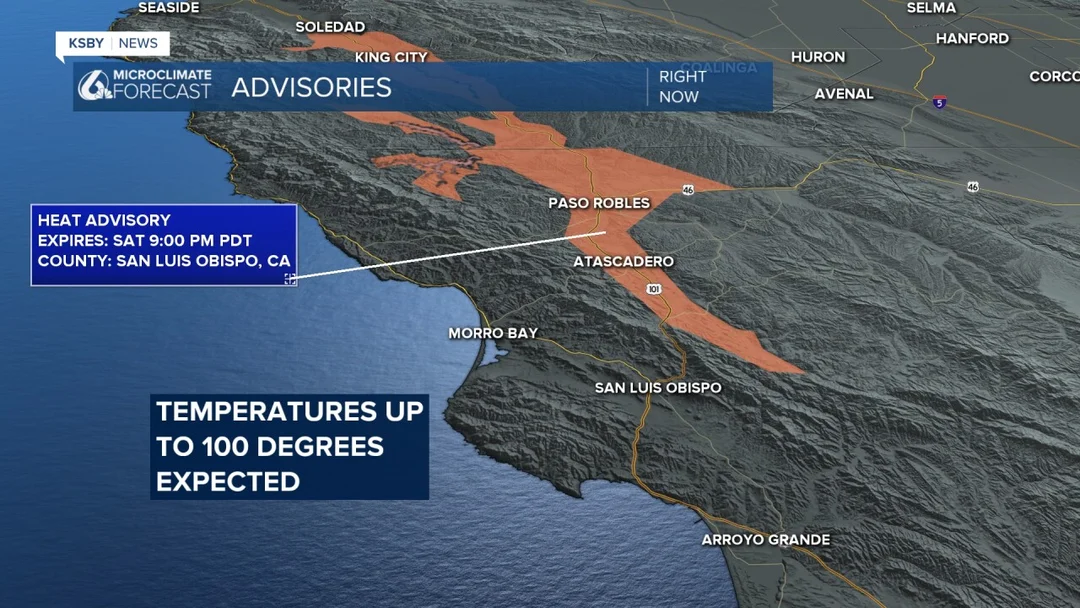
Southern California’s Scorching Surprise: Are Temperatures Reaching Unprecedented Heights?
In a dramatic twist of weather patterns, Southern California is enduring an early-season heat wave that has pushed temperatures to record-breaking levels. This event, unfolding on May 10, 2025, highlights the growing unpredictability of climate conditions and raises urgent concerns about public health, outdoor activities, and environmental resilience.
Across the region, thermometers have soared far beyond normal expectations. Downtown Los Angeles tied a historic high of 95 degrees, matching a record from 1934, while Woodland Hills shattered its previous mark by reaching 100 degrees, topping the 99-degree high set in 1988. Meteorologists from the National Weather Service (NWS) attribute this "mini heat wave" to a high-pressure ridge, with temperatures spiking 10 to 20 degrees above average. This surge has affected inland communities, beaches, and valleys, turning routine days into tests of endurance.

The impacts extend beyond mere numbers. A heat advisory remained in effect through 9 p.m. on Saturday, covering areas like the Santa Clarita Valley, Santa Monica Mountains, and San Gabriel Valley. Officials emphasized the risks to vulnerable groups, including the elderly, young children, and those without air conditioning. Tragically, one hiker in the Hollywood Hills suffered from heat exhaustion and required emergency hospitalization, underscoring the dangers of outdoor exertion. In Orange County, even scheduled events like track and field preliminaries at Yorba Linda High School were paused as temperatures hit 97 degrees, prioritizing safety over competition.
Comparisons to typical May weather reveal the anomaly: NWS meteorologist Rose Schoenfeld noted that these highs are 'significantly warmer than usual,' following weeks of below-average temperatures. This rapid shift, she explained, could exacerbate health risks and strain infrastructure, such as power grids—evidenced by outages affecting over 5,300 customers in Long Beach. The NWS advised simple yet critical measures: staying hydrated, seeking air-conditioned spaces, and monitoring for symptoms of heat exhaustion or stroke. In agricultural zones like the Salinas Valley, employers were reminded to provide shaded breaks and water, per OSHA guidelines, to protect outdoor workers.

Relief is on the horizon, with forecasts predicting a drop to the 80s by Sunday as cooler ocean air moves in. Yet, this episode serves as a stark reminder of broader environmental trends, potentially linked to climate change, which could make such events more frequent. By blending these details, it's clear that while Southern California's heat wave is a temporary crisis, it demands ongoing attention to adaptation strategies.
In summary, this record-breaking heat wave not only disrupts daily life but also prompts reflection on our preparedness for extreme weather. How will these patterns evolve, and what can individuals do to mitigate risks? We encourage readers to share your experiences, tips, or concerns in the comments below—your insights could help others stay safe.